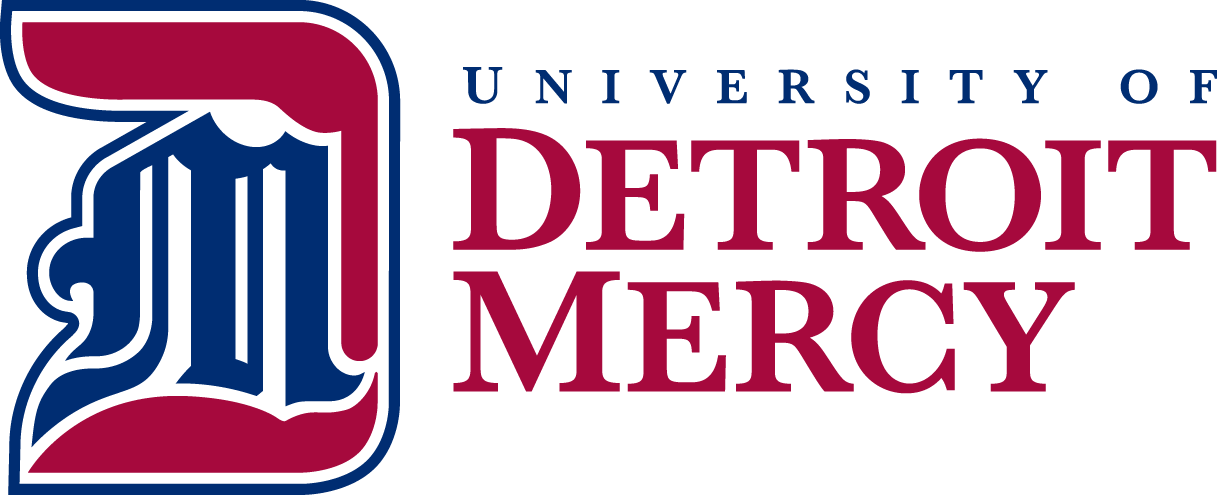Science Communication Art (SciComm Art) is an interdisciplinary form of expression that incorporates STEM topics, art, and educational content. SciComm Art exhibits feature attention-grabbing and emotive pieces to convey complex themes, promote science literacy and celebrate creativity in the STEM fields. Throughout the exhibit, the unifying idea is not confined to an artistic genre, but to the artists’ interpretation of a STEM concept within the theme of the show.
The mission of the newly-forming SciComm Art Program at University of Detroit Mercy, led by SciComm Artist Maris Polanco, is summarized below.
- Meaningful Engagement: For artists and audiences, SciComm Art is a purposeful, expressive, and creative interaction with STEM topics. It allows participants and audiences to forge new connections between scientific ideas and the world through piquing the audience’s curiosity, and sense of wonder. Whether it is art highlighting the beauty of science or scientific imagery conveying an artistic message (or something in between), we want to meet our audiences in a unique and rewarding way.
- Broader Reach: Traditional science communication is not inherently inclusive; laden with jargon and gate-kept by the financial barriers inherent in higher education, in addition to lectures, and presentations that are often inaccessible to those outside the world of academia. Science Communication Art shows create an interdisciplinary space for creative science communication, technical artistry and artful social/cultural commentary from a diverse set of voices; for a diverse audience. Unlike the UDM research symposium, the SciComm Art Exhibit is not “by-scientists-for-scientists.” Nor is it a niche art gallery appreciated best by other art students. Our target audience for the 6-day-long exhibit each February is the general public.
- Communication Skills: Producing SciComm Art will allow participants to flex their creativity and communication skills – both important but oft-neglected skill sets in the STEM fields. The application and exhibition process provides valuable translatable experiences to student applicants. First, they must submit a proof of concept, statement of intent (scientific and artistic), blurb/abstract and a detailed budget to receive financial support. If accepted, they must also be able to speak at length with show attendees about the technical and philosophical aspects of their pieces. This experience provides artists with a publication for their CV and the opening night is an opportunity to network with other scientists, artists, and community members.
- Community: SciComm Art operates more like a program than a singular event, and this is intentional. Participating artists are paired with a SciComm Art mentor who guides them from Open Call through opening night. We work closely with artists to develop their artistry, writing skills, communication capabilities, and grant writing, while also clarifying logistics, and organization of the installation. Last year this was a working group of about 30 students, faculty, staff and admin from several different departments. Creating an interdisciplinary community around a shared goal benefits everyone involved – the intangibles from working relationships like this are difficult to attain any other way. Additional funding will allow for outreach to add community members to the advisory committee, build external partnerships, and promote awareness of the exhibition.

